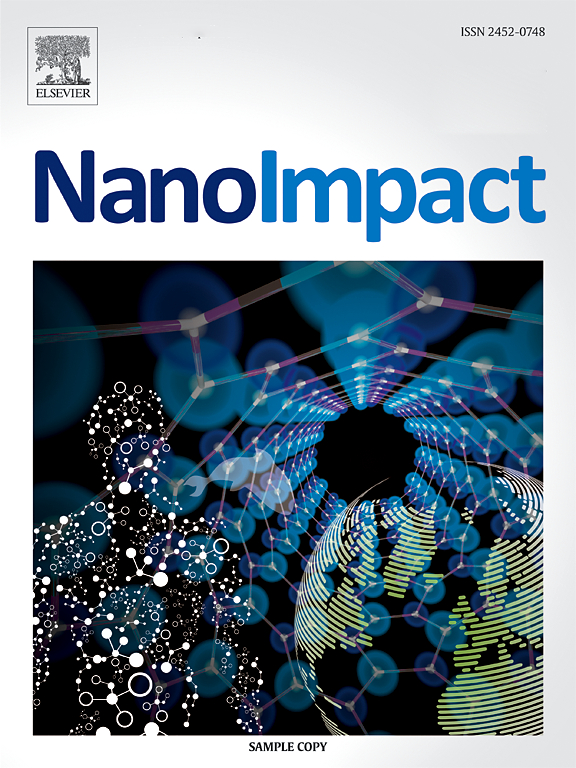纳米塑料聚焦:探索跨学科方法和未来方向。
IF 5.5
3区 环境科学与生态学
Q2 ENVIRONMENTAL SCIENCES
引用次数: 0
摘要
纳米塑料由于其广泛的分布和潜在的环境和生物影响而受到越来越多的关注。NPs跨越多种生态系统——从土壤和河流到海洋和极地冰——与复杂的生物和地球化学过程相互作用,对多个营养水平的生物构成风险。尽管纳米塑料的存在越来越多,但由于其不同的物理和化学性质以及环境基质的异质性,了解纳米塑料的行为、运输和毒性仍然具有挑战性。目前,纳米塑料经常与微塑料一起作为一个单一的、同质的群体进行研究,这掩盖了纳米塑料的细微行为,特别是在它们的胶体性质和生态系统内的相互作用方面。这一观点旨在强调纳米塑料研究中的关键空白,强调实地研究和先进的检测/量化方法的重要性,以更好地捕捉它们在环境界面上的行为。我们提倡采用一种更综合的方法来解释纳米塑料与周围生物、化学和物理环境之间的动态相互作用,特别是在关键的生态梯度上。此外,长期和跨代研究对于评估低浓度纳米塑料暴露的慢性影响至关重要。需要创新和适当的方法来探索NP在现实环境条件下的命运、运输和毒性。通过结合先进的实验工具、实地研究和生态建模框架,本文概述了一个路线图,以促进我们对纳米塑料及其更广泛的生态影响的理解,最终形成更有效的环境监测和缓解策略。本文章由计算机程序翻译,如有差异,请以英文原文为准。
Nanoplastics in focus: Exploring interdisciplinary approaches and future directions
Nanoplastics (NPs) are gaining increasing attention due to their widespread distribution and potential environmental and biological impacts. Spanning a variety of ecosystems – from soils and rivers to oceans and polar ice – NPs interact with complex biological and geochemical processes, posing risks to organisms across multiple trophic levels. Despite their growing presence, understanding the behavior, transport, and toxicity of nanoplastics remains challenging due to their diverse physical and chemical properties as well as the heterogeneity of environmental matrices. Currently, nanoplastics are often studied alongside microplastics as a single, homogeneous group, which obscures the nuanced behavior of NPs, particularly in terms of their colloidal properties and interactions within ecosystems. This perspective aims to highlight the critical gaps in nanoplastics research, stressing the importance for field studies and advanced detection/quantification methods to better capture their behavior across environmental interfaces. We advocate for a more integrated approach that account for the dynamic interactions between nanoplastics and surrounding biological, chemical, and physical environments, especially across key ecological gradients. Furthermore, long-term and transgenerational studies are essential to assess the chronic impacts of low-concentration nanoplastics exposure. Innovative and appropriate methodologies are needed to explore NP fate, transport, and toxicity in realistic environmental conditions. By combining advanced experimental tools, field studies, and ecological modeling frameworks, this paper outlines provides a roadmap for advancing our understanding of nanoplastics and their broader ecological impacts, ultimately shaping more effective environmental monitoring and mitigation strategies.
求助全文
通过发布文献求助,成功后即可免费获取论文全文。
去求助
来源期刊

NanoImpact
Social Sciences-Safety Research
CiteScore
11.00
自引率
6.10%
发文量
69
审稿时长
23 days
期刊介绍:
NanoImpact is a multidisciplinary journal that focuses on nanosafety research and areas related to the impacts of manufactured nanomaterials on human and environmental systems and the behavior of nanomaterials in these systems.
 求助内容:
求助内容: 应助结果提醒方式:
应助结果提醒方式:


